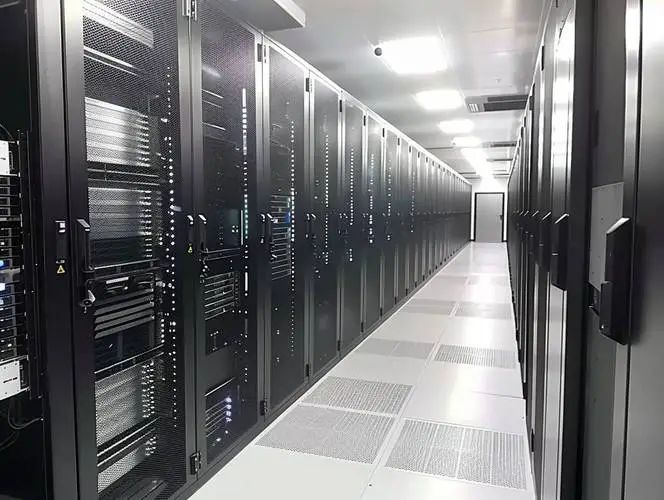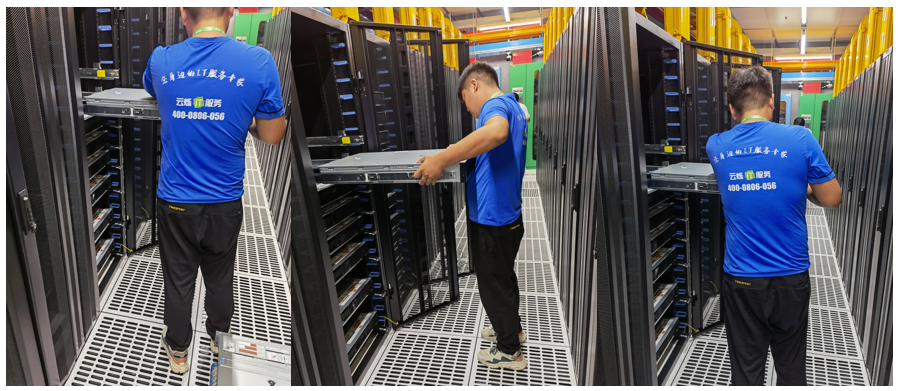cat6a utp vs ftp

Data center migration is a critical operation that goes beyond the mere physical relocation of equipment to a new facility. It involves the meticulous planning and execution of the transfer of network systems and centralized storage solutions to ensure that data remains secure and operations continue smoothly. In this article, we will explore the essential steps for a successful data center migration, complete with best practices to safeguard your infrastructure.


communication-cable
Module
Unshielded RJ45/Shielded RJ45 Tool-FreeKeystone Jack
Patch Panel
1U 24-Port Unshielded or Shielded RJ45
Apr.16th-18th, 2024 Middle-East-Energy in Dubai
Apr.16th-18th, 2024 Securika in Moscow
May.9th, 2024 NEW PRODUCTS & TECHNOLOGIES LAUNCH EVENT in Shanghai
Post time: Nov-13-2024
